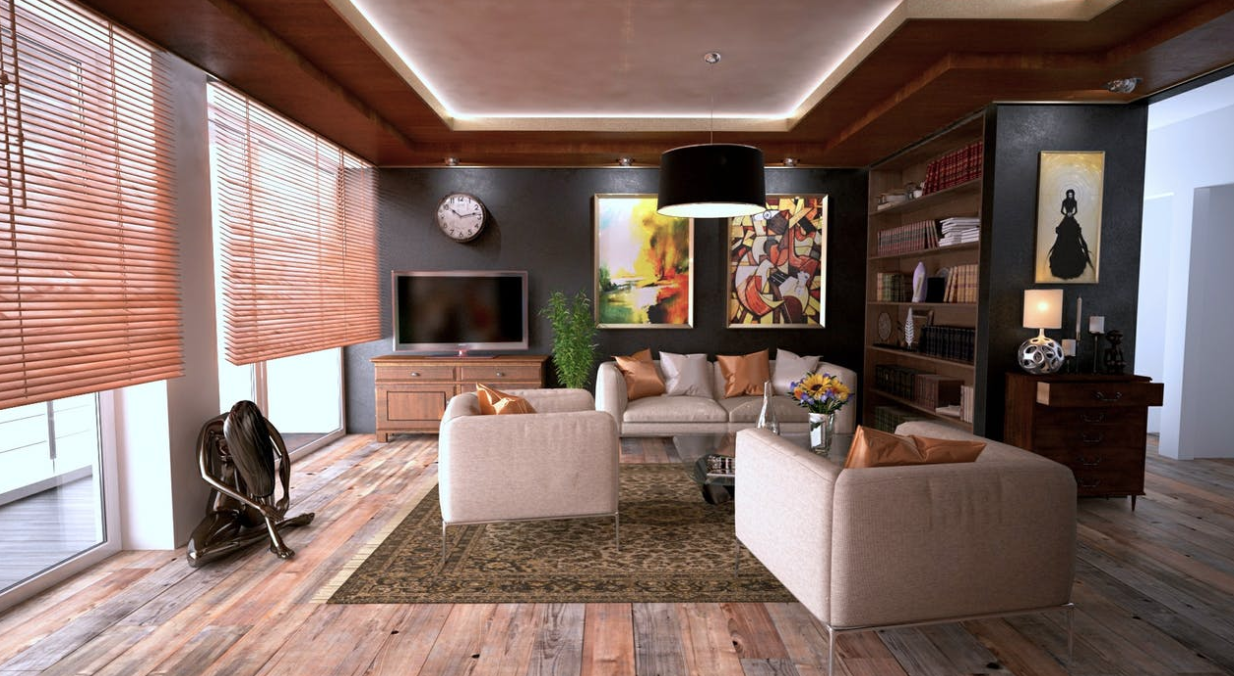As baby boomers seek to downsize from large homes, developers are increasingly designing apartments specifically for this demographic.
These apartments consist of features such as:
• Larger floor plans, both in terms of square footage and number of bedrooms
• More traditional layouts that reflect the homes baby boomers are familiar with
• Increased storage spaces both in the apartment units and additional rental spaces in the community
• Upscale finishes in kitchens and bathrooms, sometimes including special touches like wine chillers
• Luxury community amenities such as pet services, concierge, conference facilities, yoga classes, and dry cleaning in a quiet atmosphere
This trend is spreading nationally. According to recent Transwestern data, as of Q3, the average U.S. one-bedroom apartment is 874 sf, two-bedrooms are 903 sf, and three-bedrooms ring in at 976 sf.
However, newly constructed communities in the last 12 months average 935 sf for a one-bedroom, 945 sf for a two-bedroom, and 996 sf for a three-bedroom.
To meet demand for the larger rentals, developers are building a higher percentage of three-bedroom units. For example, Houston has seen an uptick in demand for three-bedroom apartments:
• Occupancy numbers are highest for three-bedroom units, at approximately 94%
• Rent growth for three-bedroom units is highest among all unit types at +.03%
More Transwestern multifamily research at: https://www.transwestern.com/corporate/research
Related Stories
| Oct 13, 2010
Apartment complex will offer affordable green housing
Urban Housing Communities, KTGY Group, and the City of Big Bear Lake (Calif.) Improvement Agency are collaborating on The Crossings at Big Bear Lake, the first apartment complex in the city to offer residents affordable, eco-friendly homes. KTGY designed 28 two-bedroom, two-story townhomes and 14 three-bedroom, single-story flats, averaging 1,100 sf each.
| Oct 13, 2010
Residences bring students, faculty together in the Middle East
A new residence complex is in design for United Arab Emirates University in Al Ain, UAE, near Abu Dhabi. Plans for the 120-acre mixed-use development include 710 clustered townhomes and apartments for students and faculty and common areas for community activities.
| Oct 13, 2010
Community center under way in NYC seeks LEED Platinum
A curving, 550-foot-long glass arcade dubbed the “Wall of Light” is the standout architectural and sustainable feature of the Battery Park City Community Center, a 60,000-sf complex located in a two-tower residential Lower Manhattan complex. Hanrahan Meyers Architects designed the glass arcade to act as a passive energy system, bringing natural light into all interior spaces.
| Oct 12, 2010
The Watch Factory, Waltham, Mass.
27th Annual Reconstruction Awards — Gold Award. When the Boston Watch Company opened its factory in 1854 on the banks of the Charles River in Waltham, Mass., the area was far enough away from the dust, dirt, and grime of Boston to safely assemble delicate watch parts.
| Sep 13, 2010
Richmond living/learning complex targets LEED Silver
The 162,000-sf living/learning complex includes a residence hall with 122 units for 459 students with a study center on the ground level and communal and study spaces on each of the residential levels. The project is targeting LEED Silver.
| Sep 13, 2010
Committed to the Core
How a forward-looking city government, a growth-minded university, a developer with vision, and a determined Building Team are breathing life into downtown Phoenix.
| Aug 11, 2010
Brown Craig Turner opens senior living studio
Baltimore-based architecture and design firm Brown Craig Turner has significantly expanded its housing design capabilities and expertise with the launch of its new senior living studio.
| Aug 11, 2010
CTBUH changes height criteria; Burj Dubai height increases, others decrease
The Council on Tall Buildings and Urban Habitat (CTBUH)—the international body that arbitrates on tall building height and determines the title of “The World’s Tallest Building”—has announced a change to its height criteria, as a reflection of recent developments with several super-tall buildings.
| Aug 11, 2010
Morphosis builds 'floating' house for Brad Pitt's Make It Right New Orleans foundation
Morphosis Architects, under the direction of renowned architect and UCLA professor Thom Mayne, has completed the first floating house permitted in the U.S. for Brad Pitt’s Make It Right Foundation in New Orleans.The FLOAT House is a new model for flood-safe, affordable, and sustainable housing that is designed to float securely with rising water levels.













